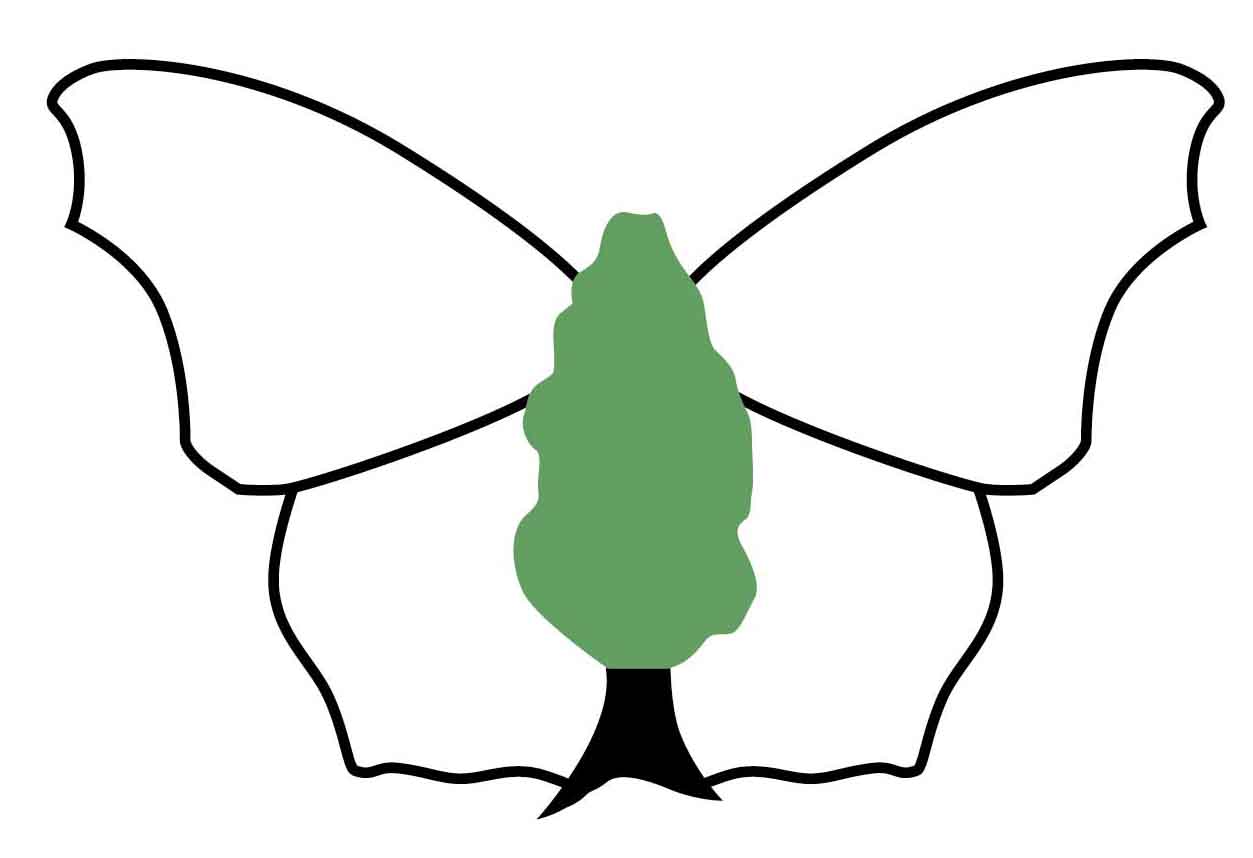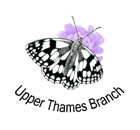 | Butterfly Conservation Saving butterflies, moths and our environment | Upper Thames Branch |  |
Upper Thames Moths | ||
Moths and butterflies are classified as related branches of the Lepidoptera; there is no unique identification feature to separate them. However, most butterflies have clubbed antennae while most moths do not. Most (but not all) moths are nocturnal, whereas all butterflies are day fliers. Moths are divided into 'macros' and 'micros'. Micro-moths are usually smaller than macros, but this is not always the case. Macro-moths are commonly known by their English (vernacular) names. In contrast, micro-moths are mostly known by their scientific names, although a few (usually the larger ones or those that are pests) are also known by English names. During 2021 (according to iRecord) 516 species of macro-moths and 670 species of micro-moths were recorded in the Upper Thames region. In the UK as a whole about 900 species of macro-moths and 1500 species of micro-moths can be found. If you are just starting with moths you will find John Thacker's Moths for Beginners PDFs useful. If you're interested in moth trapping there is a getting started guide (PDF), written by Peter Cuss. When it comes to identifying moths, knowing what was on the wing at the same time in previous years is a great help. There is now a Flying Tonight page for the Upper Thames region, covering records from 2017 to 2024. Each county has a Moth Recorder. The CMR can help with identification, although they will need the specimen or a good photograph for confirmation. If you think you have found a rare moth you should contact your CMR as soon as possible. In the past, moth records were submitted to the CMR, but nowadays it is easier to submit them to iRecord. See here for more about moth recording. The Upper Thames Moth Blog has been hidden in a private Facebook group. This is unfortunate as it was a very useful resource. The web site UpperThamesMoths.co.uk is a major new resource for moth-ers in Berks, Bucks and Oxon. It is based on NorfolkMoths developed by Jim Wheeler. It currently holds 2.4 million macro-moth records for VC22, VC23 and VC24. There are ten priority moth species in the Upper Thames region. More information about them can be found here . | ||
Privacy and Copyright Statement
Butterfly Conservation : Company limited by guarantee, registered in England (2206468)
Registered Office: Manor Yard, East Lulworth, Wareham, Dorset, BH20 5QP, Tel: 01929 400 209
Charity registered in England & Wales (254937) and in Scotland (SCO39268)









